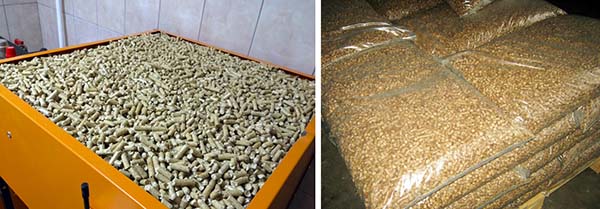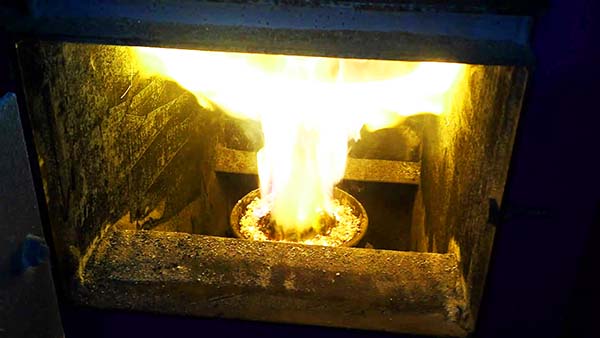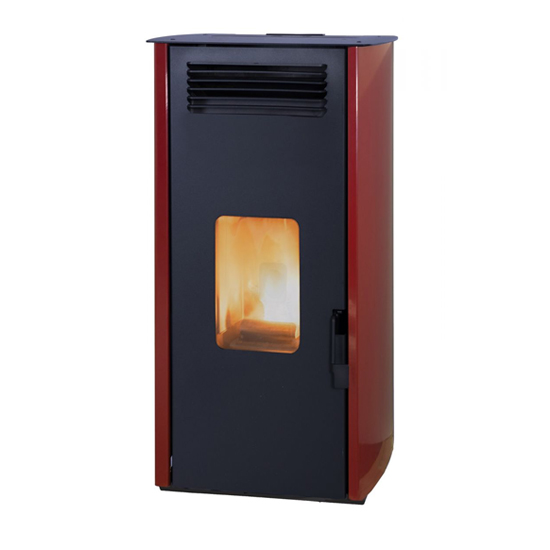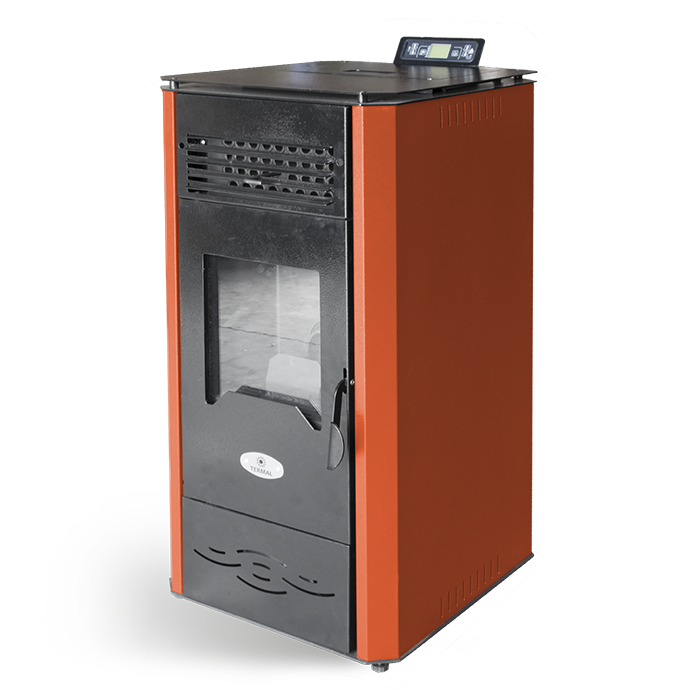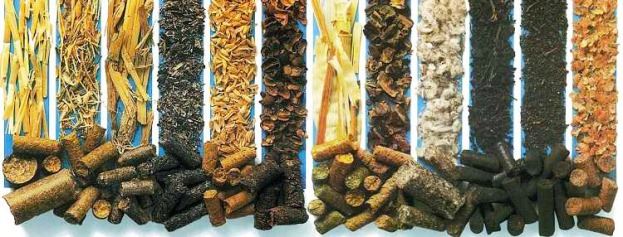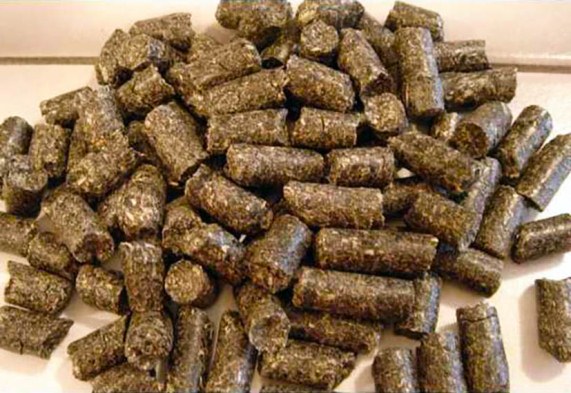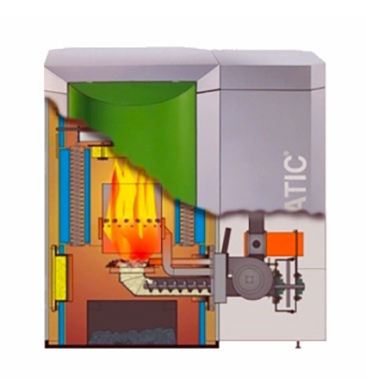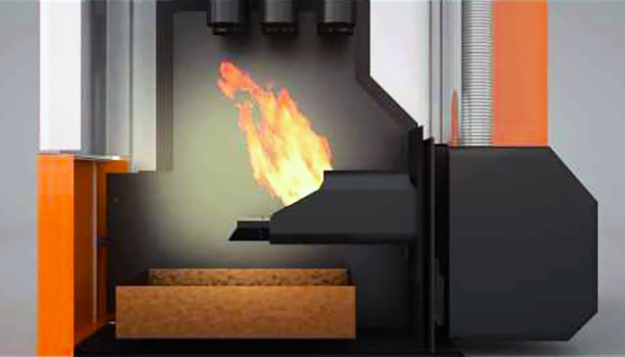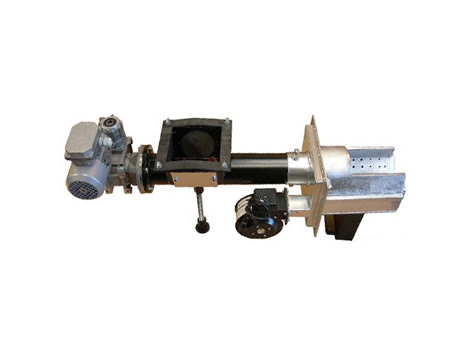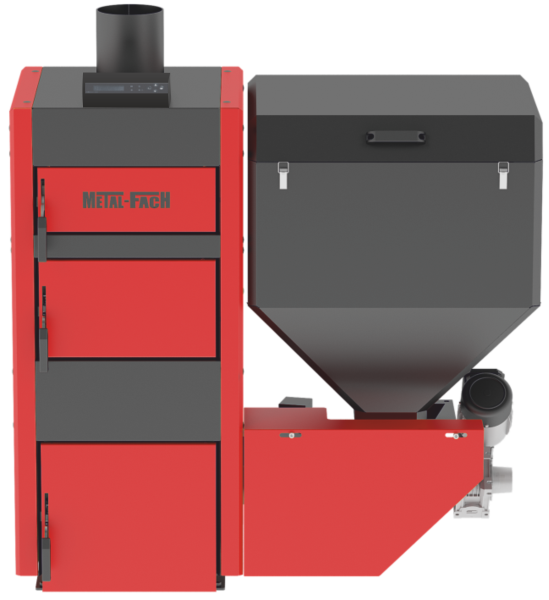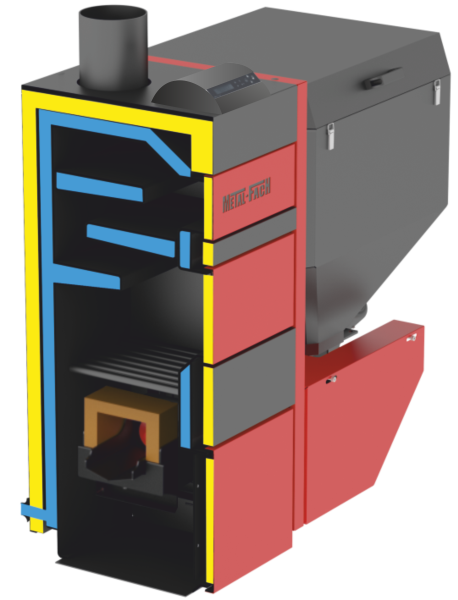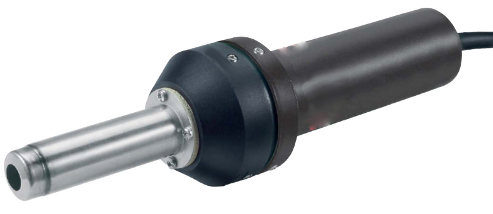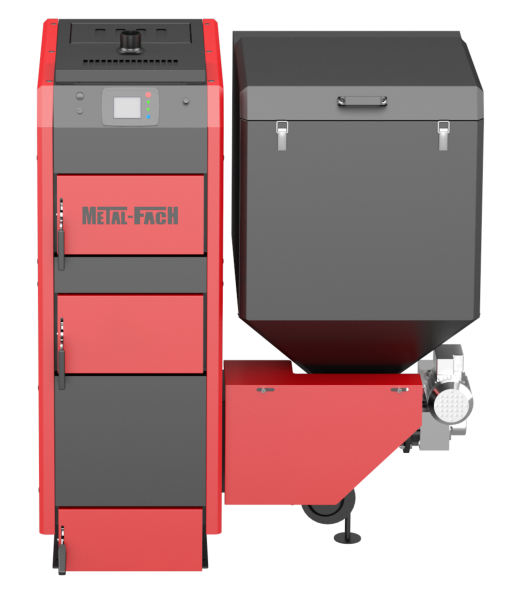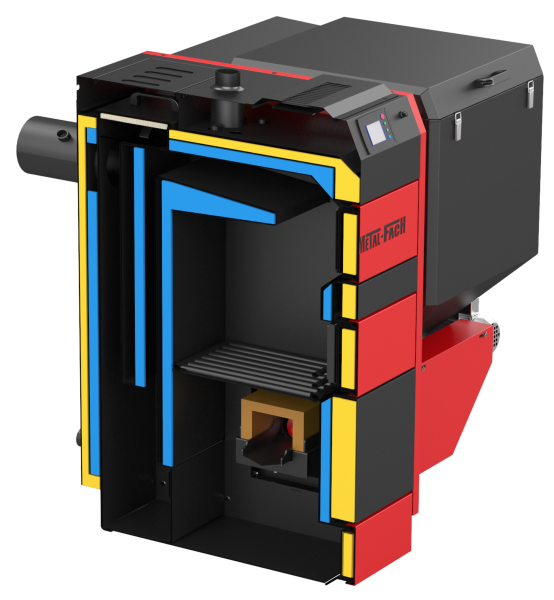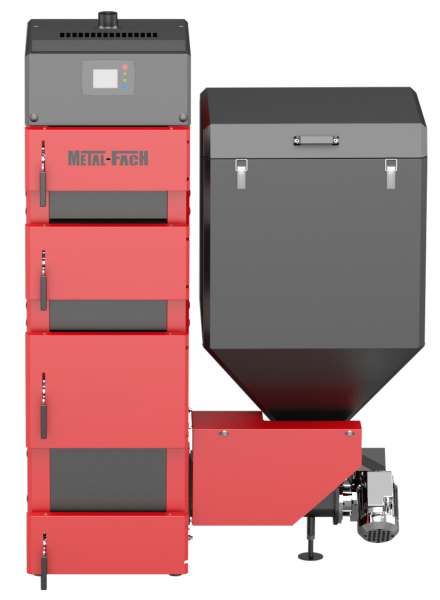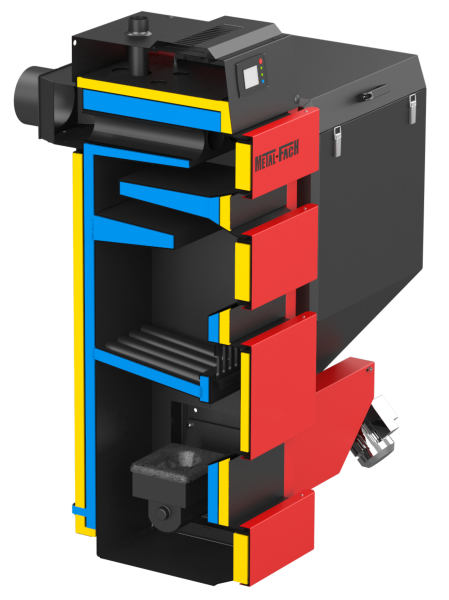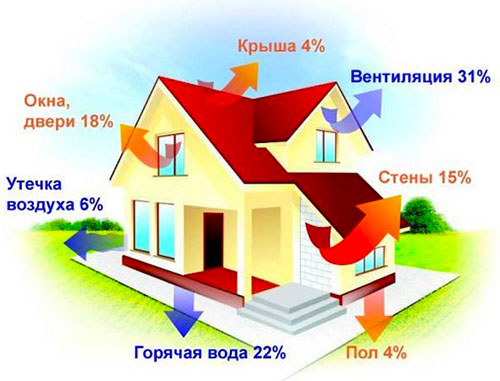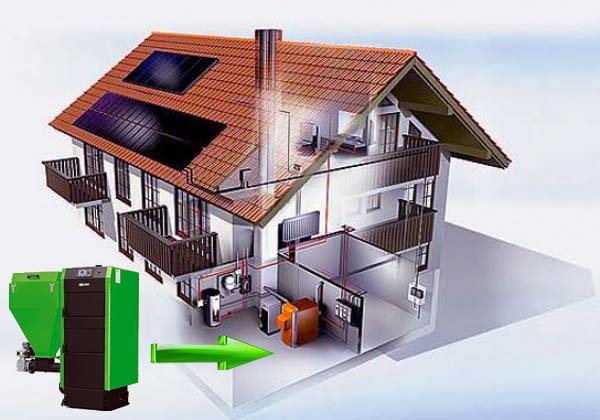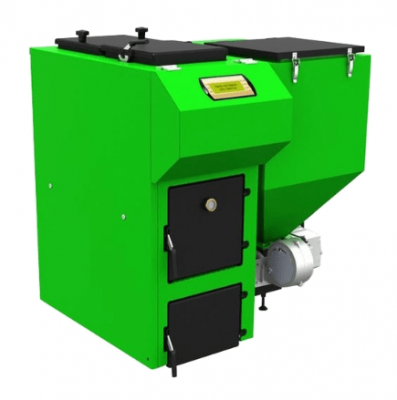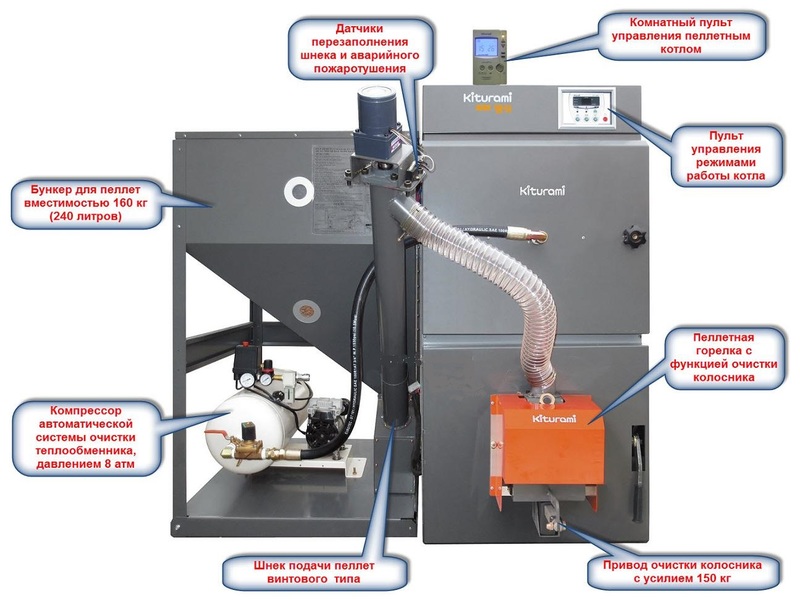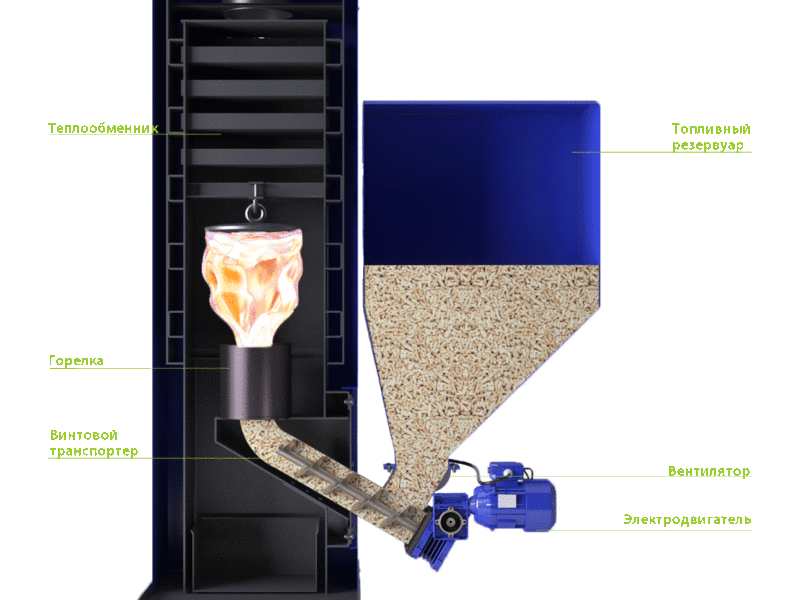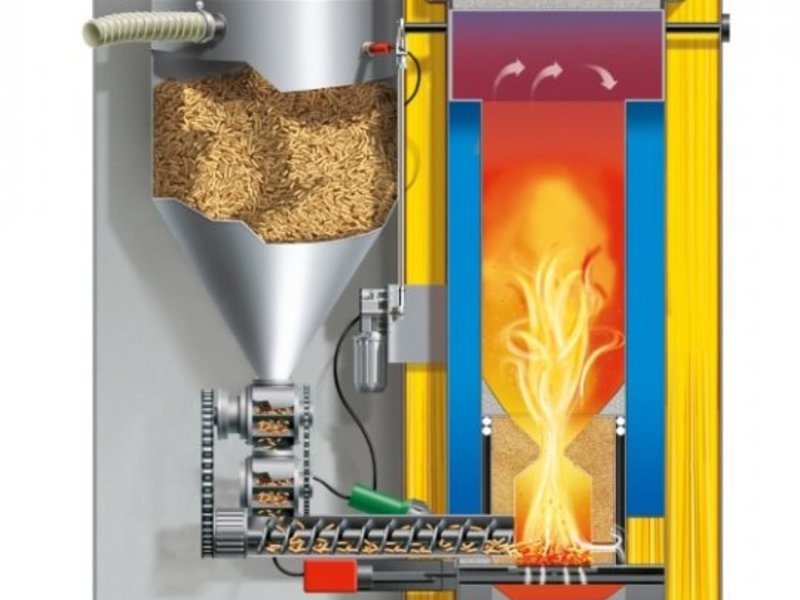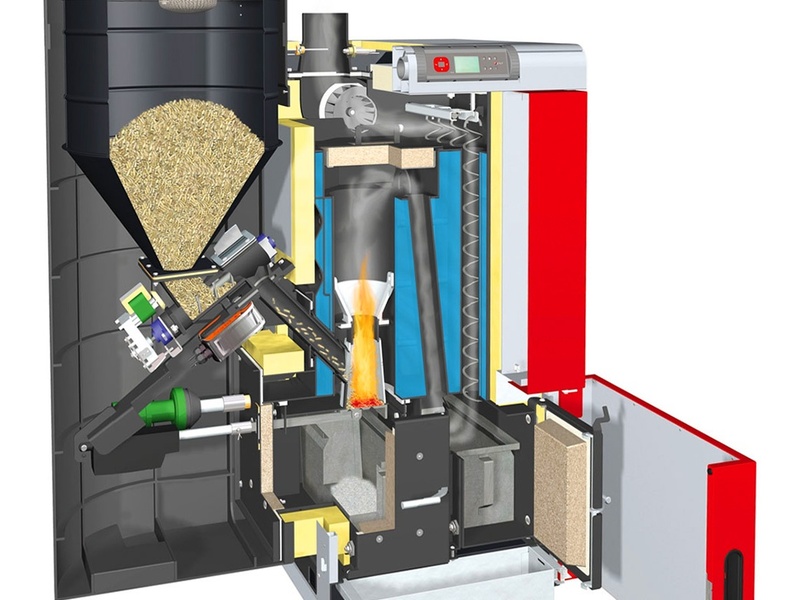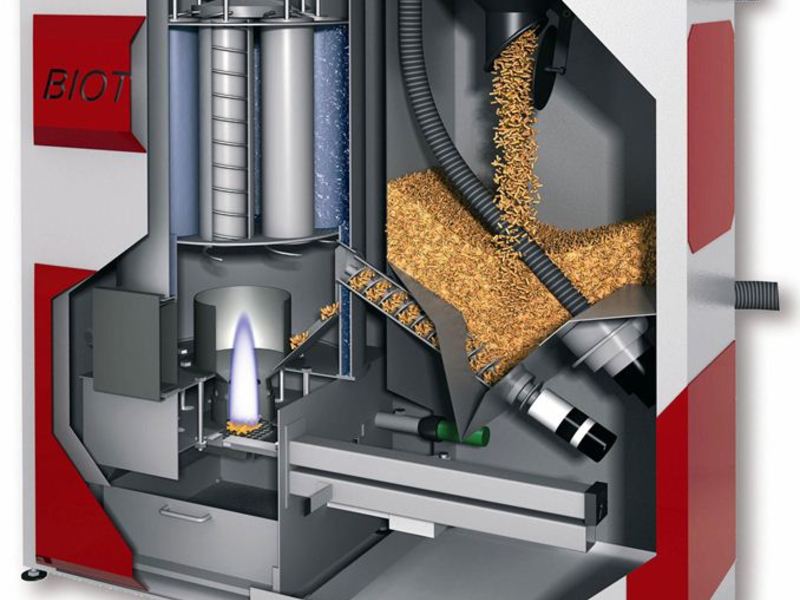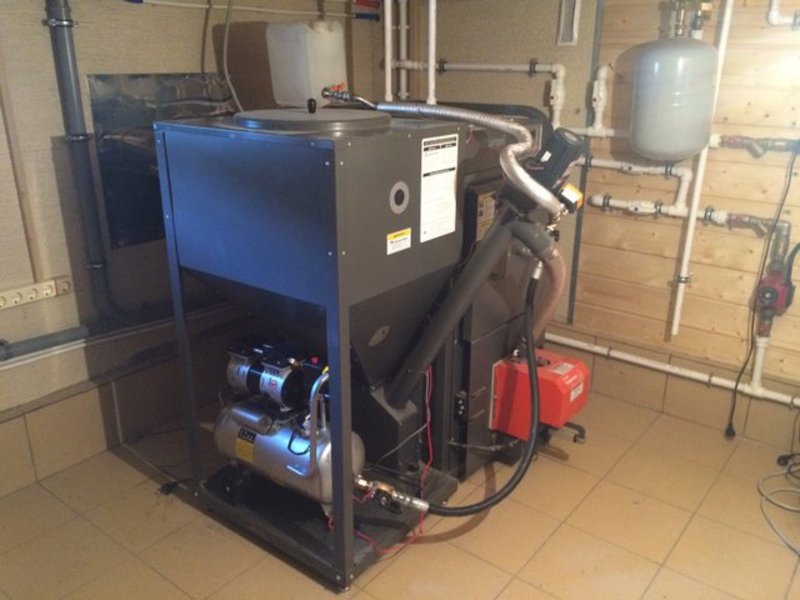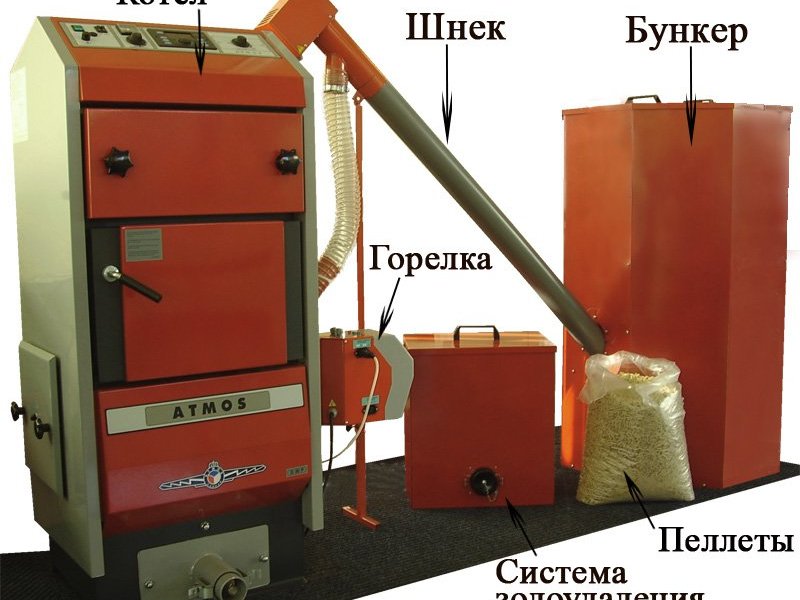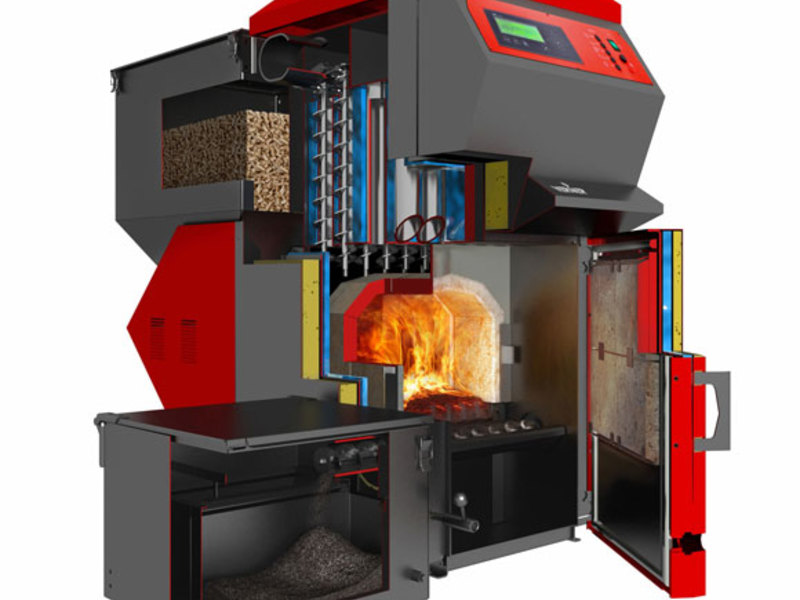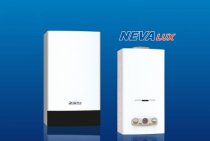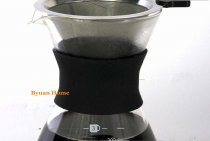Heating a private house with pellets pros and cons
A solid fuel pellet boiler for a home with automatic fuel supply, like any other heating option, has both its advantages and disadvantages. Consideration of the pros and cons helps to make the most reasonable decision regarding the feasibility of equipping a boiler room with wood pellet equipment.
The disadvantages are the following:
-
Dependence on pellets - a few years ago, good quality pellets were hard to come by, which significantly affected the cost of fuel. Today, it is not difficult to purchase pellets of vegetable or wood origin. Refueling a pellet boiler is enough for several hours, days or even months, depending on the model chosen. The user is required to calculate the operating time and pre-buy the necessary fuel.
- High installation cost. Another disadvantage pointed out by opponents of pellet equipment is its high cost and expensive repairs. Today, the price of equipment is gradually declining, due to the high saturation of the market.
The arguments "For" the purchase of pellet equipment are:
-
Profitability - fuel costs are slightly higher than those of a gas boiler, but if you take into account the cost of obtaining permits, the need to prepare project documentation, and pay for the gas pipeline, the difference becomes not so obvious. Economical pellet boilers for the home consume less raw materials than convection and gas generating solid fuel units. Heating costs are also less compared to an electric boiler.
- Simple installation requirements - the boiler is installed quickly enough. Combined systems with an integrated fuel tank, you just need to connect to the power supply and install a chimney.
- Versatility - most modern models manufactured by a domestic manufacturer are capable of using wood, coal, woodworking waste in addition to pellets, and after replacing the burner, they can be converted to liquid fuel.
- Backup heat sources - an automatic pellet boiler, often has a built-in heating element to heat the coolant. If the solid fuel runs out, the boiler automatically switches to the use of electricity and continues to heat the house until the pellets are refueled.
After weighing all the pros and cons of purchasing pellet equipment, many buyers come to the conclusion that it is advisable to purchase a heat generator of this type.
How to calculate pellet consumption
The calculation is carried out in several stages, although in general it is quite simple. Its result should be the average monthly fuel consumption of a pellet boiler during the heating season and the average cost of such heating. To do this, we will consider in parallel an example for a house of 100 m².
Stage one. First you need to understand how much heat actually enters the heating system when burning 1 kg of fuel pellets. After all, heating equipment is not so perfect as to direct all the energy received to heat the house, some of it still flies out into the chimney. To do this, the heat of burning pellets should be multiplied by the efficiency of the heat generator divided by 100:
5 kW/kg x 80% / 100 = 4 kW/kg.
Stage two. For the convenience of calculations, it is necessary to perform the reverse action in order to find out how many pellets need to be burned to obtain 1 kW of thermal energy in real conditions:
1 kW / 4 kW/kg = 0.25 kg.
Stage three. Since the weather outside changes during the heating season and the temperature fluctuates from +10 °C to -30 °C, the average specific heat consumption for the entire season for a dwelling of 100 m² will not be 10 kW, but half as much - 5 kW. Considering that power units are related to the time of 1 hour, the heat consumption per day will be:
5 kWh x 24 hours = 120 kW.
The same, only for a month:
120 kW x 30 days = 3600 kW.
Stage four.Now it is easy to calculate the consumption of pellets on average per month for a building of 100 m² during the entire heating season:
3600 kW x 0.25 kg/kW = 900 kg.
If the cold season lasts 7 months, as in Moscow, the Russian Federation, then the total number of fuel pellets for heating a private house with an area of 100 square meters will be 900 x 7 = 6.3 tons. In the same way, the average monthly consumption of pellets for a house with an area of 150 and 200 m² is determined, it is equal to 1.35 and 1.8 tons, respectively. Since the pellet is sold by weight and not by volume, it is not necessary to convert this amount into volume units.
Those who are interested in the theoretical value of the consumption of wood pellets on average per day can calculate it in this way (for our example):
120 kW x 0.25 kg/kW = 30 kg.
Attention! The average calculated value should not be confused with the actual fuel consumption on the coldest and warmest days. In a building of 100 m², it can vary between 15-60 kg of pellets per day
To get the approximate cost of pellet heating in monetary terms, you need to multiply the figures obtained by the price per ton accepted in your region. At the prices of the capitals of the Russian Federation and Ukraine, the monthly heating costs for a private house of 100 square meters will be:
- for Moscow: 0.9 t x 7000 rub/t = 6300 rub;
- for Kiev: 0.9 t x 2000 UAH/t = 1800 UAH.
It should be borne in mind that we carried out an abstract calculation and in the conditions of Ukraine the financial costs for pellet heating will be less due to the milder climate.
Pellets for home heating
Recently, many owners of private houses use compressed pellets made from waste from a wide variety of combustible materials to heat their homes. These granules are called pellets. Those homeowners who are just planning to install hot water boilers in their house that use pellets as fuel are interested in the consumption rates of this fuel material, as well as the amount of heat released during its combustion. We will try to cover these issues in as much detail as possible within this short article. As a rule, the choice of one or another type of solid fuel boilers is based on the availability and cost of fuel. In addition, many owners of private houses try to choose equipment that requires minimal maintenance. In other words, there is no need to fill the furnace daily, remove combustion products, etc. Therefore, among a wide range of types of solid fuel boilers, pellet equipment is most in demand.
Which pellet boiler is suitable for home
Now you can buy absolutely everything and the choice depends only on preferences, the area that will need to be heated, and the cost. Which pellet boiler to choose? Always choose a little more power to provide a little reserve, because running the equipment at maximum power is not good for it. We give an overview of pellet boilers depending on the area of the heated zone.
Up to 50 sq.m
For such a small room, you can take a LAMINOX ADA AIR 6 pellet fireplace with automatic fuel supply. This will eliminate the need for additional communications and provide a comfortable temperature.
LAMINOX ADA AIR
50-100 sq.m
With heating of such an area, a Termal-10 Basic pellet fireplace is perfect. This is the most inexpensive automatic fireplace for organizing air heating.
Termal-10 Basic
100-150 sq.m
A pellet stove with a Buderus Logano S181-15 E water circuit and automatic fuel supply is suitable here. It will perfectly provide the house with heat and hot water.

Buderus Logano S181-15 E
150-200 sq.m
WBS-AC-UB 25 multi-purpose pellet boiler with automatic fuel supply is worth taking. The versatility of the fuel will enable more flexible operation, and its power will more than provide the required temperature.

WBS-AC-UB 25
From 200 sq.m
To heat such an area, units from 25 kW are needed, for example, Buderus Logano S181-25 E with automatic fuel supply and a water circuit.

Buderus Logano S181-25 E
This is interesting: Decorating a fireplace with a decorative stone - we explain carefully
Maintenance
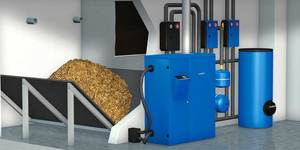
The boiler itself must be cleaned of soot, especially the heat exchanger jacket, as this affects the consumption of pellets. The flue pipes need to be cleaned. This does not take much time, and the moment when cleaning is necessary can be determined visually by looking at the water jacket, or if the consumption of pellets has increased. The deadline is when the boiler begins to smoke into the room.
If pellets are fed using a rigid auger, then it is necessary to clean this system from time to time from dust that accumulates in the air supply channels.
medium quality pellets
In the above calculations, the calorific value characteristic of high quality white granules, the so-called elite ones, was used. They are made from the waste of good wood and practically do not have foreign inclusions, such as tree bark. Meanwhile, various impurities increase the ash content of the fuel and reduce its calorific value, but the price per ton of such wood pellets is much lower than elite ones. By reducing the cost, many homeowners are trying to make their pellet heating more economical.
In addition to elite fuel pellets, cheaper pellets are produced from agricultural waste (usually from straw), whose color is somewhat darker. Their ash content is low, but the calorific value is reduced to 4 kW / kg, which will ultimately affect the amount consumed. In this case, the consumption per day for a house of 100 m2 will be 35 kg, and per month - as much as 1050 kg. The exception is pellets made from rapeseed straw, their calorific value is not worse than that of birch or coniferous pellets.
There are other pellets that are made from a wide variety of woodworking waste. They contain all sorts of impurities, including bark, from which malfunctions and even malfunctions occur in modern pellet boilers. Naturally, the unstable operation of the equipment always causes increased fuel consumption. Especially often heat generators with retort burners in the form of a bowl facing upwards are capricious from low-quality granules. There, the auger supplies fuel to the lower part of the "bowl", and around there are holes for the passage of air. Soot gets into them, due to which the intensity of combustion decreases.
In order to avoid such situations and the efficiency of the boiler does not decrease, it is advisable to choose fuel with a low ash content and in no case wet. Otherwise, problems with the screw feed will begin because the wet granules crumble and turn into dust that clogs the mechanism. It is possible to use cheaper fuel for heating a house with pellets when the boiler is equipped with a torch-type burner. Then the ash covers the walls of the furnace and falls down without falling back into the burner. The only condition is that the combustion chamber and burner elements will have to be serviced and cleaned more often, as they get dirty.
The device of pellet boilers
Pellets are solid fuels that are produced from waste wood, peat and agro-industrial waste. In fact, these are pressed pellets of small diameter, up to 5 cm long. The main advantage of pellets over other types of solid fuels is their low ash content, so the need to remove soot occurs less frequently than when using firewood
If the impact on the environment is important for the owner of the house, then pellets cause minimal harm to the environment. Principles of operation of the pellet boiler - pellets are loaded into the bunker, then they are fed into the furnace, where they burn, releasing heat
The most important thing is that all processes are controlled by automation. Those. if you need to quickly warm up the house for the arrival of guests, the pellet boiler will burn fuel at maximum speed, feeding pellets into the furnace using an auger.As soon as the required temperature is reached, the equipment will switch to the temperature maintenance mode, reducing the fuel supply rate.
Burners in pellet boilers are divided into two types - retort and flare. Retort burner, which is a bowl with slots, into which pellets fall and ignite under the influence of hot air. In flare-type burners, pellets are fed to the site, where a torch is created from hot air, directed horizontally. There are no clear advantages for any type of burner, therefore, when choosing a specific equipment, it is not a decisive factor.
Flare type burners are used in the Metal-Fach Smart BIO range. Smart BIO is the company's own development, the burner is made in the form of a chute. Designed for burning pellets and grains. The design of the furnace allows the use of coal and firewood.
Most pellet boilers are equipped with an automatic ignition system. The absence of such a function means that each time the process must be started manually, which significantly reduces the usability. With auto-ignition, the boiler can start heating the house on its own by a timer, sensor or command from a mobile phone.
The Metal-Fach SEG BIO model allows you to start a fire from anywhere in the world, simply by sending the appropriate command from your phone or via the Internet. In emergencies, wood or coal can be used as fuel, but pellets are preferred.
Metal-Fach SD DUO BIO is designed for minimal environmental impact - it is designed for the use of pellets. It can also work on eco-seed coal, wheat grains, grape seeds. The equipment is automated - there is an automatic feed, auto-ignition, it can be controlled from a cell phone and via the Internet. In addition, the boilers of the SD DUO series have a water-filled grate, which made it possible to increase heat removal. It should be noted that SD DUO boilers are the flagship in the line of boilers of the Polish company Metal-Fach.
How to calculate pellet consumption
Given the fact that the fuel is supplied in bulk or in bags, it is not difficult in principle to calculate the consumption of pellets per 1 kW or 1 m2. There is no need to convert units of weight to volume, since the delivery is always in kilograms, and the calorific value of the fuel is also measured in kW per 1 kg of weight.
Good quality pellets have excellent calorific value, almost 5 kW of thermal energy is released from burning 1 kg of such fuel. Accordingly, in order to get 1 kW of heat for heating a house, it is required to burn about 200 grams of pellets. The average consumption of granules per unit area is easy to determine based on the fact that 100 W of energy is required to heat each 1 m2 of area.
One condition is important: the height of the ceilings should be within 2.8-3 m. 100 W of heat will be obtained from 20 grams of granules, it would seem, simple arithmetic
But it was not there. The figures presented above are correct if the pellet boiler has absolute efficiency - 100% efficiency, and this does not happen in real life. In fact, the efficiency of such heat generators, although higher than that of solid fuel boilers, is still only 85%. This means that after burning 1 kg of pellets in the furnace of the unit, not 5 kW of energy will be received, but 5 x 0.85 = 4.25 kW. And vice versa, for the release of 1 kW of heat in pellet boilers, 1 / 4.25 = 0.235 kg or 235 grams of fuel is spent. This is the first nuance.
The second nuance is that 100 W of heat per 1 m2 of the room is required when the ambient temperature is the lowest, which lasts for 5 days. On average, during the heating season, the cost of thermal energy is half as much. And this means that the specific heat transfer per unit area is only 50 watts. It will be incorrect to determine the consumption of pellets in a pellet boiler for 1 hour relative to 1 m2, the figure will be small and inconvenient. It would be more correct to calculate the weight of the pellets burned per day.
Since a watt is a unit of power related to 1 hour, then 50 W x 24 hours = 1200 W or 1.2 kW will be needed per day for each square of the room.For this purpose, you will need to burn the following mass of pellets per day:
1.2 kW / 4.25 kW/kg = 0.28 kg or 280 grams.
Knowing the specific fuel consumption, we can finally obtain values that are useful for financial calculations, for example, the average weight of pellets per season used per day and per month in a house with an area of 100 m2:
- per day - 0.28 x 100 = 28 kg;
- per month - 28 x 30 \u003d 840 kg.
It turns out that 8.4 kg of fuel is spent on heating 1 m2 of a building per month. At the same time, according to user reviews on various forums, it takes about 550 kg of pellets to heat a well-insulated house of 100 m2, located in the middle lane, which, in terms of the square, is 5.5 kg / m2. This means that the consumption of pellets in the boiler in the amount of 840 kg per month with a building square of 100 m2 is very enlarged and is suitable for calculations of poorly insulated houses.
Let us summarize some results in the form of calculation results for dwellings of various sizes. The following monthly costs of pellets for heating a private house were obtained:
- 100 m2 - 840 kg with weak insulation, 550 kg for good thermal insulation;
- 150 m2 - 1260 kg and 825 kg, respectively;
- 200 m2 - 1680 kg and 1100 kg under the same conditions.
For reference. In many boiler installations, the controller has a function that allows you to see on the display the consumption of pellets in kilograms over a certain period.
Pellet consumption calculation initial data
For calculations performed in order to find out the theoretical fuel consumption for heating a country house, it is necessary to collect the following initial data:
- the value of the heat load on the heating system of a cottage or country house, expressed in kW;
- The efficiency of the pellet boiler model that you plan to install in your furnace;
- calculated calorific value of fuel pellets;
- in order to get the result in monetary terms, it is advisable to find out the price per ton of pellets in your region of residence.
The most difficult thing is to get the figure of the real heat load, which consists of heat losses through the outer walls, roof, glazing and floors, plus the cost of thermal energy for heating the ventilation air.
The ideal option is to apply for such a calculation to a qualified heating engineer, then you will find out the exact figure. Otherwise, you will have to calculate the heat load and fuel consumption in aggregated ways:
- According to the specific heat consumption per square meter of area. For dwellings in central Russia, it is assumed that in a room with 1 window and one outer wall, 100 W of heat per 1 m² will be spent, with two outer walls - 110 W / m², with 2 walls and two windows - 120 W / m².
- The same applies to the volume of the building. The method is used when the ceilings in the rooms are higher than 2.8 m. The total volume of heated rooms is calculated and multiplied by 40 W.
In the calculation example discussed below, the heat load for a private house of 100 m² is conventionally assumed to be 10 kW, since the consumption of pellets is determined in an abstract building with a pellet boiler of an unknown manufacturer.
The efficiency of a heat generator burning wood pellets is indicated in its technical data sheet. If the model and manufacturer have not yet been selected, then 80% can be taken for calculations. Manufacturers leading the rating of heating equipment (for example, Viessmann or Buderus) declare the efficiency of their pellet boilers to be 85%. But these are high-quality and reliable products, whose cost cannot be called low. For equipment with a more affordable price, the indicators are not so high.
The theoretical calorific value of pellets is a known value, it lies in the range of 4.9–5.2 kW / kg, depending on the quality of the fuel and the raw materials from which they are made
If you do not take into account peat pellets with a high ash content and low heat transfer, then for calculations it is worth taking the average figure - 5 kW / kg
Features of pellet heating systems
In order to evaluate the effectiveness of pellet heating, you need to know about the difference that exists between ordinary wood and pellets. During the manufacture of pellets, woodworking waste is used.Raw materials for the production of pellets or ordinary sawdust are first thoroughly dried, then steamed, as a result of which a viscous mass is formed, from which, under a pressure of 300 atmospheres, cylindrical granules with a length of about 70 mm and a diameter of 6 to 8 mm are formed. Boilers supplied to the market by pellet manufacturers equipment, from their counterparts that use ordinary firewood as fuel, are distinguished by a higher degree of heat transfer. Quantitative indicators of the heat of combustion of various types of solid fuels are shown in the table.
|
Fuel type |
Calorific value (kW/kg) |
|
Firewood |
2,84 |
|
Fuel briquettes |
4,7 |
|
Pellets |
4,99 |
In addition to high heat transfer, pellet boilers have another advantage - their combustion chamber is loaded automatically. Automatic fuel supply is implemented as follows:
- A certain supply of pellets is stored in a special bunker made of stainless steel. The presence of a bunker of considerable volume allows you to refuel it with fuel at intervals of once every few days.
- Fuel enters the boiler through a flexible cable and an auger located inside it. Pellets by their own weight drive the auger into rotation, which ensures their supply to the distribution chamber of the boiler in the required quantity.
- Further, from the distribution chamber, the pellets enter the zone of the air burner, where they are incompletely burned, accompanied by the release of wood gas.
- The main source of high heat transfer is wood gas, which is completely burned in the afterburner.
Such a design of the boiler allows its owner, with continuous operation of the equipment, to fill the hopper with fuel only once every 3-4 days and remove solid combustion products, i.e. ash.
2 Kostrzewa Pellets Fuzzy Logic 2 25 kW
The highest productivity Country: Poland Average price: 315,000 rubles. Rating (2019): 4.9
Single-circuit boiler made of steel, the efficiency of which reaches 92%. It works mainly on pellets, but if necessary, fine coal can be used, and if there are specially installed grate segments, firewood can be used. Works in two modes: summer and winter. In summer mode, the boiler is connected to a boiler to provide hot water. In winter, it works to heat the house. Power varies at the discretion of the owner. The bunker is large, holds up to 220 kg of pellets, which at maximum power is enough for 38 hours of operation.
In the reviews, the owners of the boiler write about the ease of operation. Ashes have to be cleaned very rarely, provided that low-ash pellets are used, this should be done no more than once a month. It is convenient that the fuel tank can be installed on any side, adapting the configuration of the unit to the specifics of the boiler room. Of the minuses - many can not immediately find the optimal settings, it takes some time.
Terms of storage and use
When buying a large batch of pellets, you need to take care of the place of their storage. When stored indoors, they must not be placed near open sources of fire. It is also necessary to protect the material from the worst enemy - dampness.
How to store pellets if there is no space in the house? Closed bags / packages can be folded outside under a canopy. However, this option is undesirable - when it rains, the risk of wetting the package and irreversible damage to the fuel increases.
A few words about how to properly heat a solid fuel boiler with pellets. This requires a burner, which can be bought separately and installed on the boiler in just half an hour. The operation of such a tandem is extremely simple - the user will need to fill the hopper with fresh pellets from time to time and clean out the ash. The temperature balance is controlled by the control panel.
Pros and cons of this type of raw material
Pellets entered the market as a heating product relatively recently, but their popularity is already evident. And although the prices for equipment that uses them as fuel are not cheap, but thanks to their positive qualities, more and more are being used for space heating. Due to the variety of their types, you can choose the heating equipment according to your needs. If possible, you can choose a boiler with a load for combustion both for several hours, and for several days, and even months
In the modern world, more and more attention is paid to the environmental friendliness of the products used. And compressed wood waste becomes an alternative in this case.
They are convenient to store, and when delivered in bags, they are light and compact in terms of placement. And in terms of their quantity, they need less than other types of fuel.
It is also important that when they are burned, the smoke has no smell.
The downside when using them, which cannot be avoided, of course, is the release of ash. And even when using elite brands of wood pellets, it is necessary to clean the boiler at least once every two months. And after the winter season, be sure to completely disassemble and clean the boiler. Also important is the place of storage. And for the best return of their properties, they should be stored in dry rooms without the possibility of dampness. Since damp can lead to a shutdown of the boiler.
Some pros and cons
- Combustion is supported by pellets - a fairly inexpensive type of fuel.
- They have a high level of efficiency, which, according to its characteristics, brings it closer to gas boilers.
- The supply of fuel to the burner and maintaining the temperature regime is carried out automatically.
- Storing pellets is not difficult, as they are packaged in bags (often thirty kilograms) and need only a dry room.
- Burning, leaving environmentally friendly ash in a small amount.
- The pellet machine provides the house with both hot water and a comfortable, constant temperature regime.
- They have a smart control system, some models of systems are designed for remote control.
- Pellet equipment for autonomous heating at home is safe and does not require registration with regulatory authorities.
It is worth paying attention, when deciding to buy a good pellet boiler, to some shortcomings
- Installation and connection to the heating system of the house must be carried out by qualified specialists.
- The production of pellets is not well organized yet, because of this, there may be interruptions in fuel.
pallet boiler

